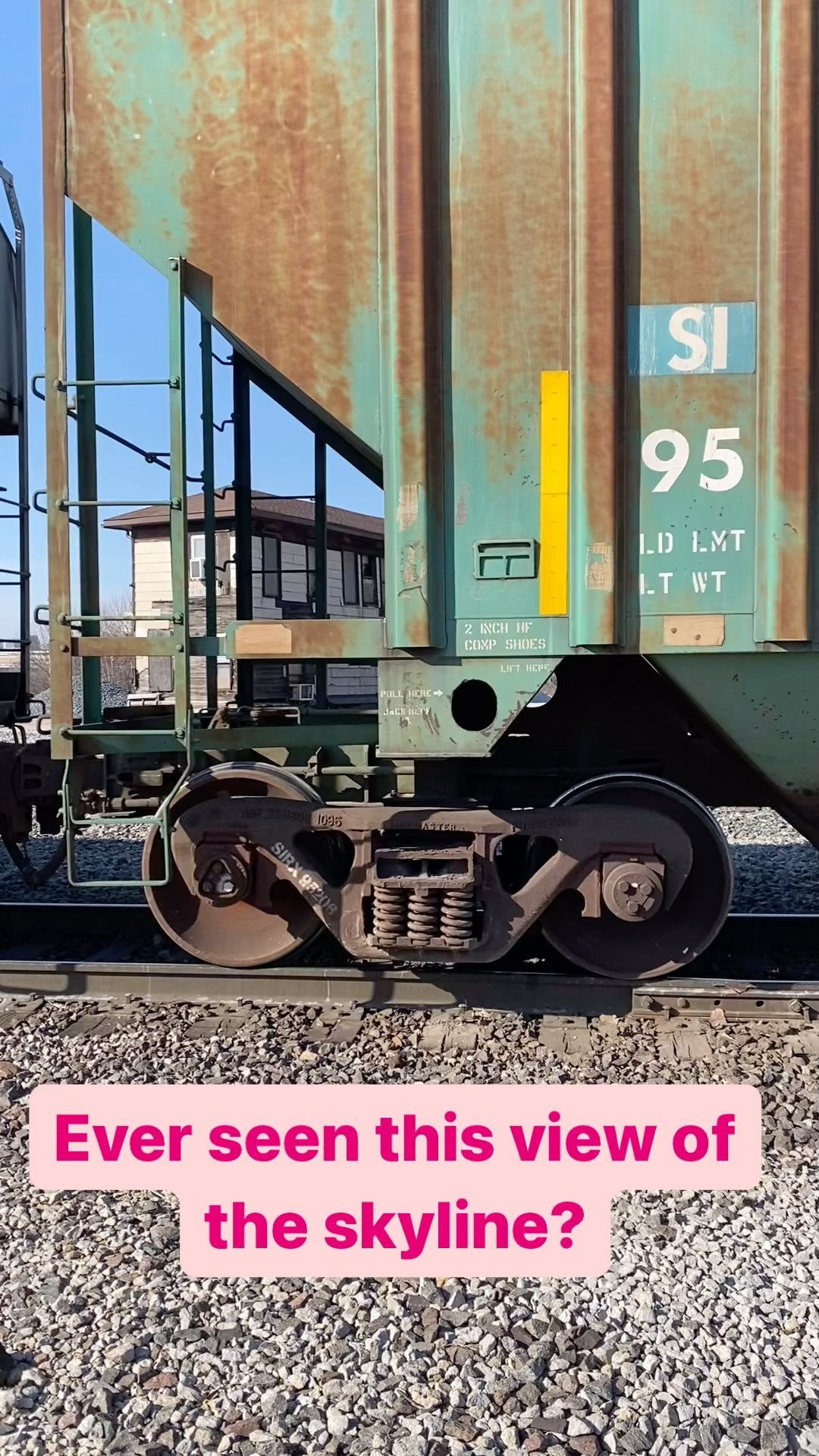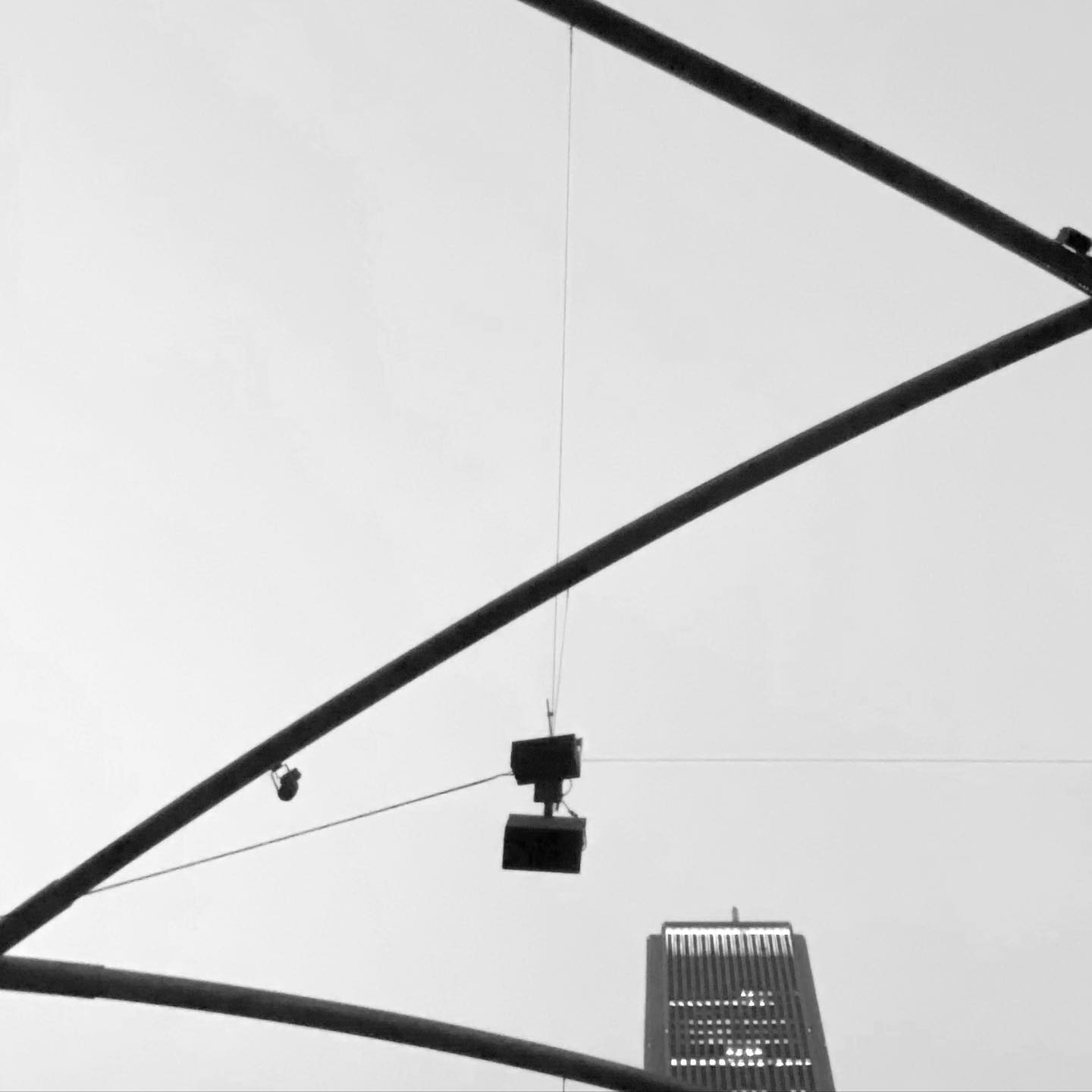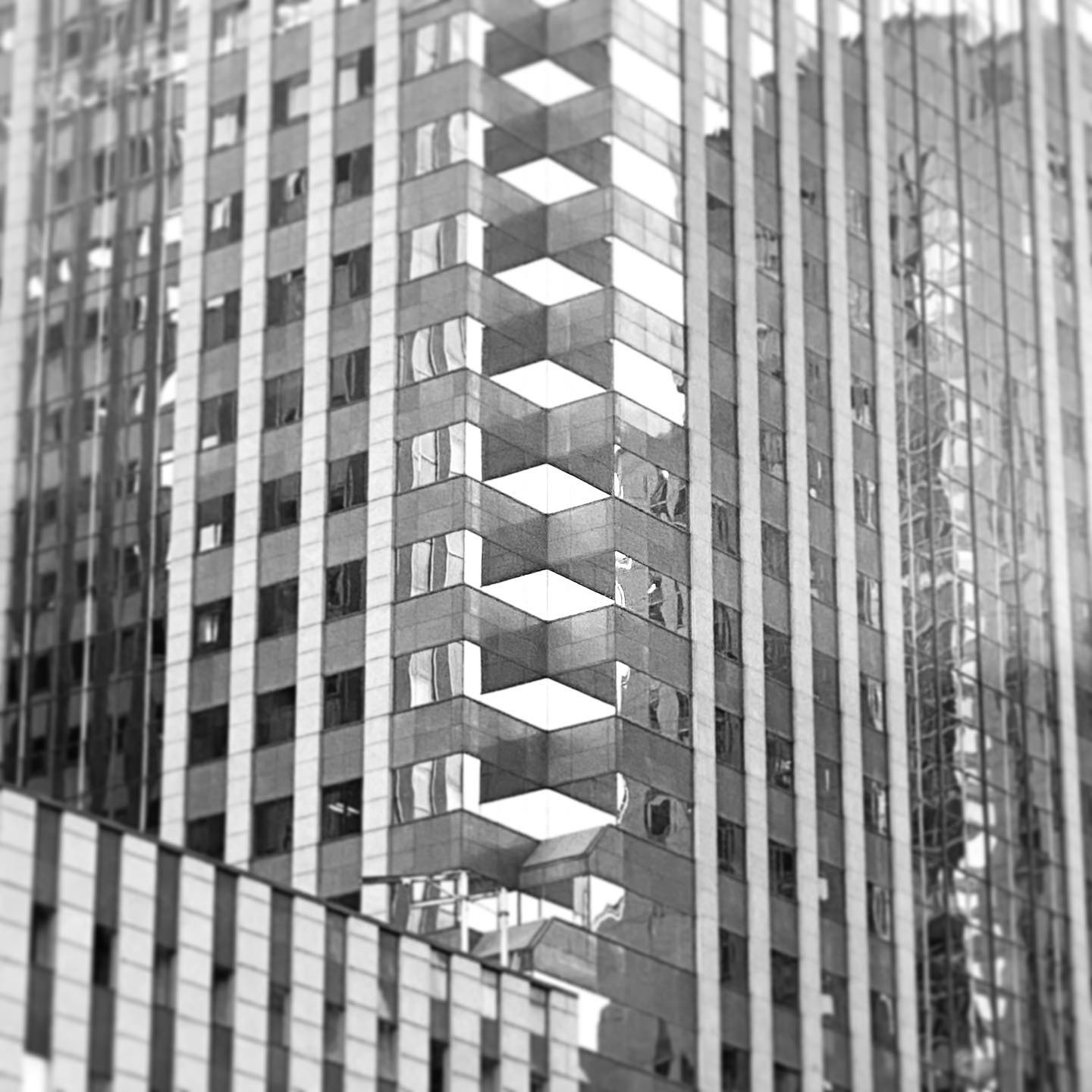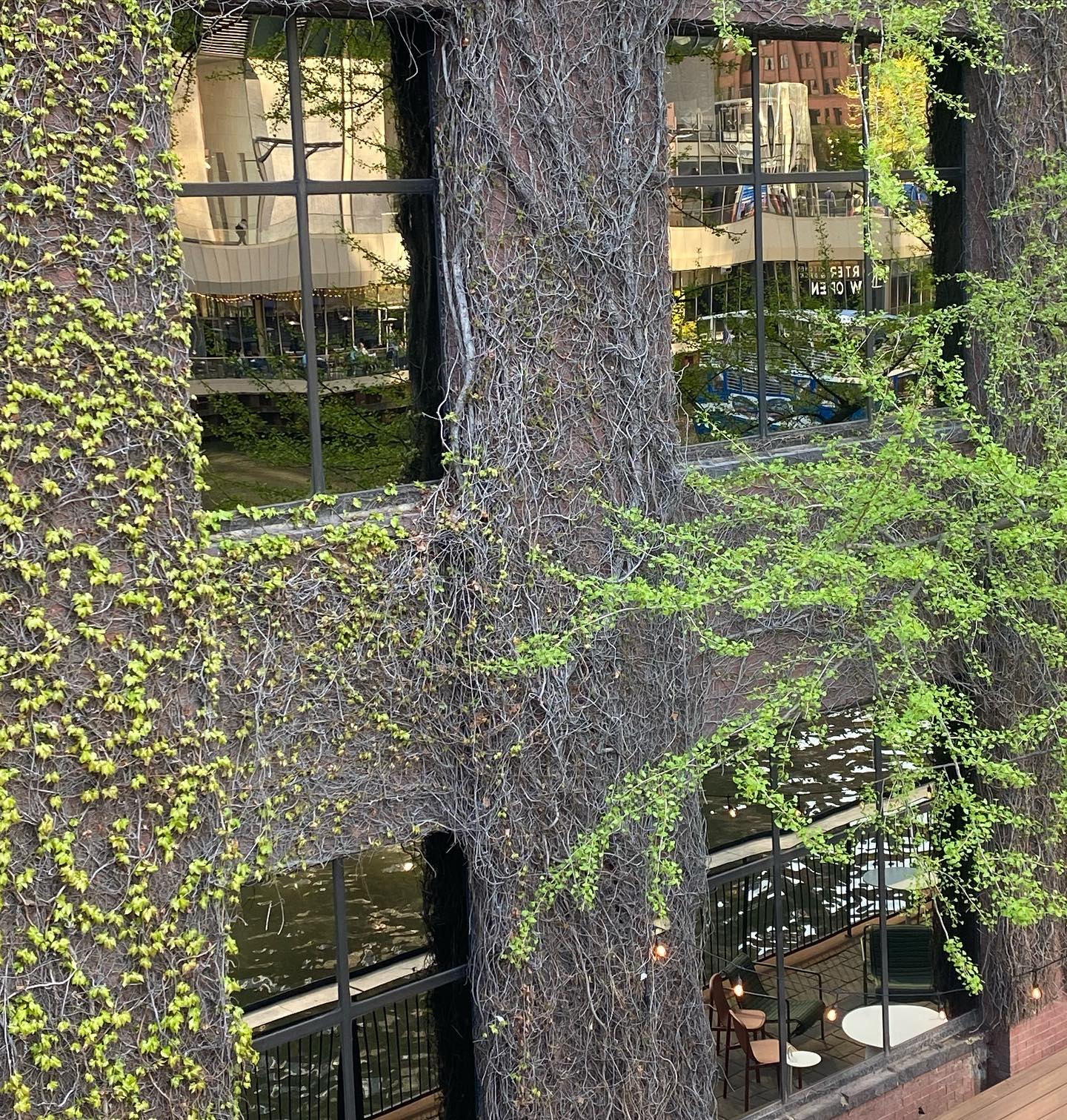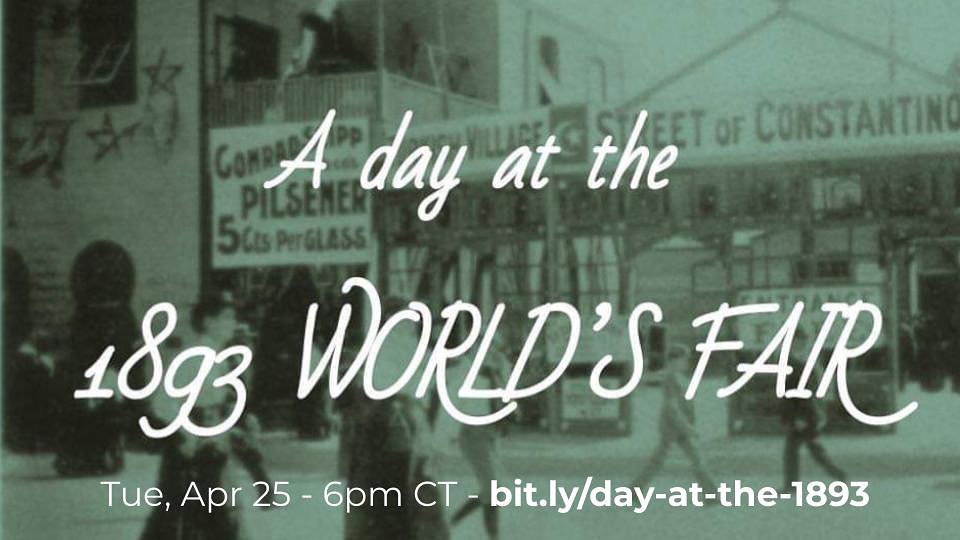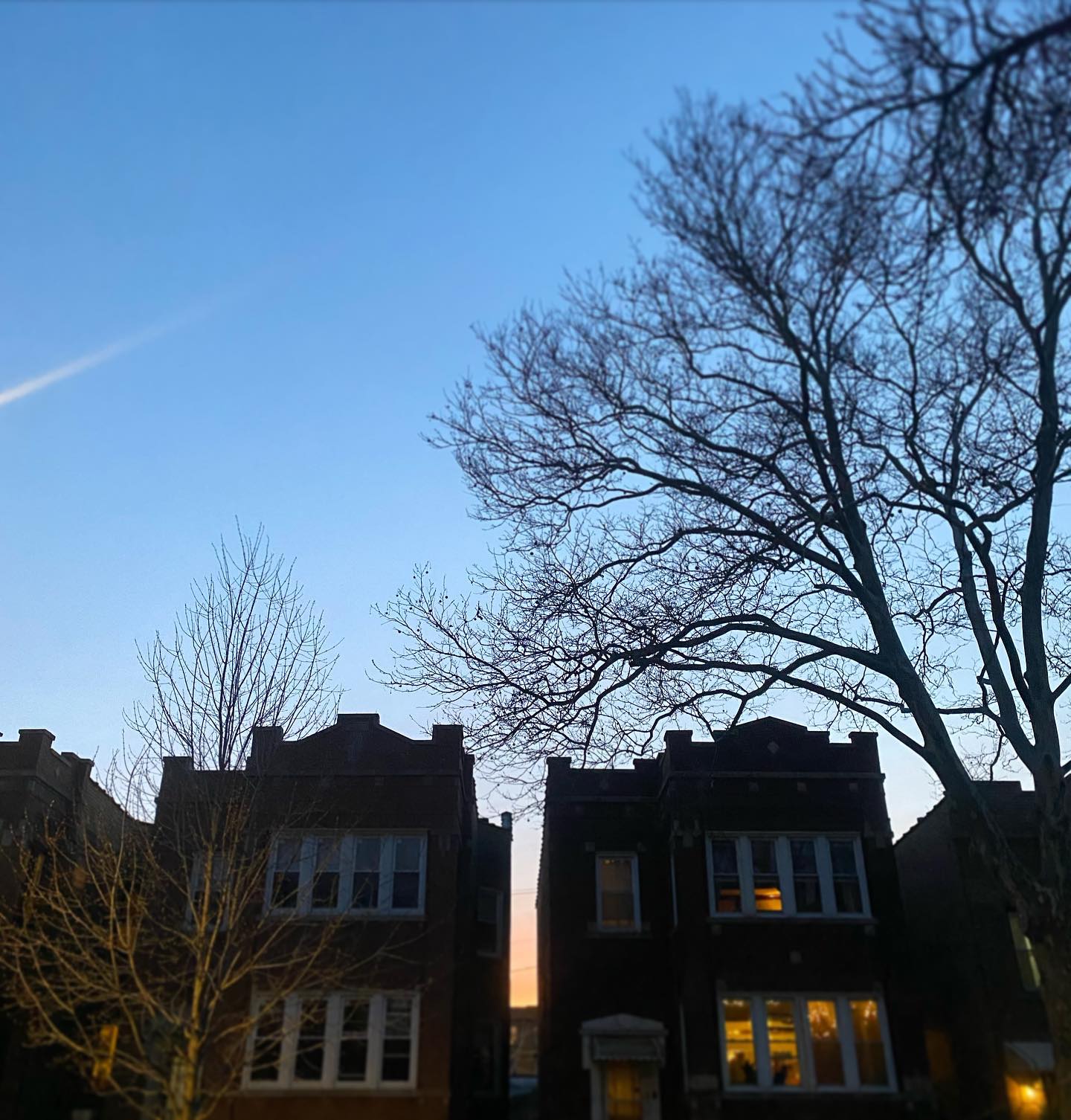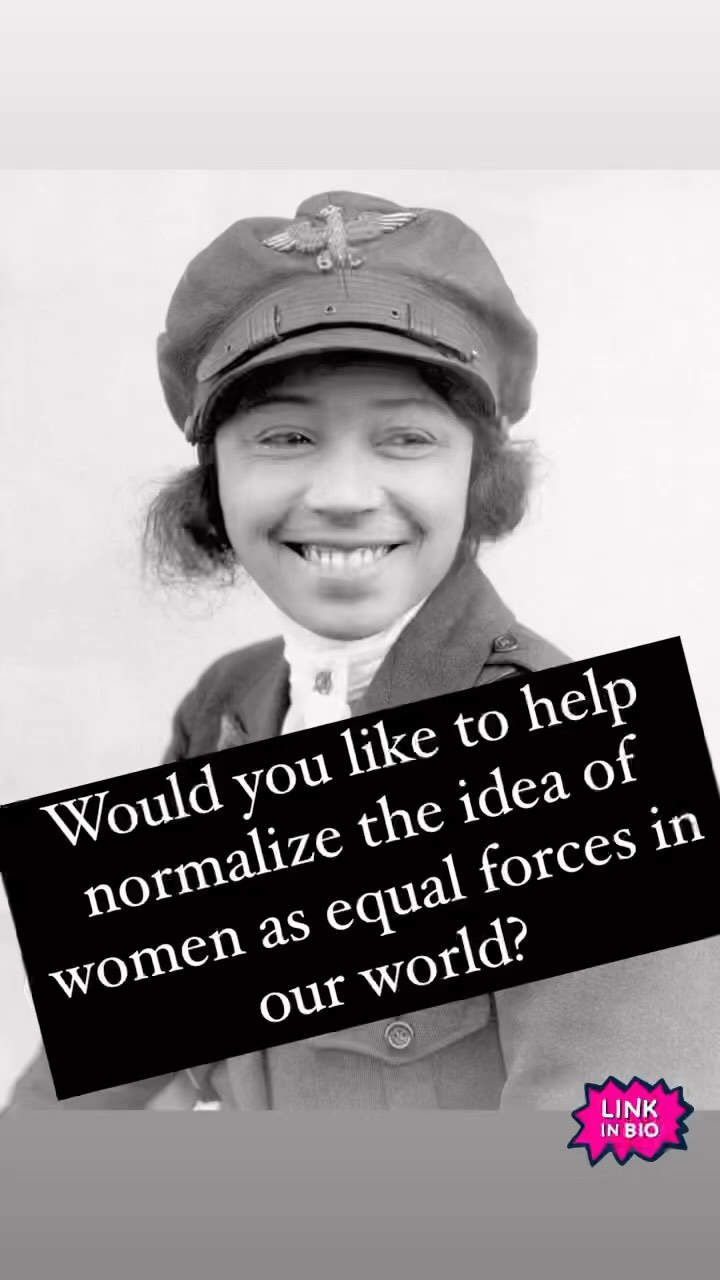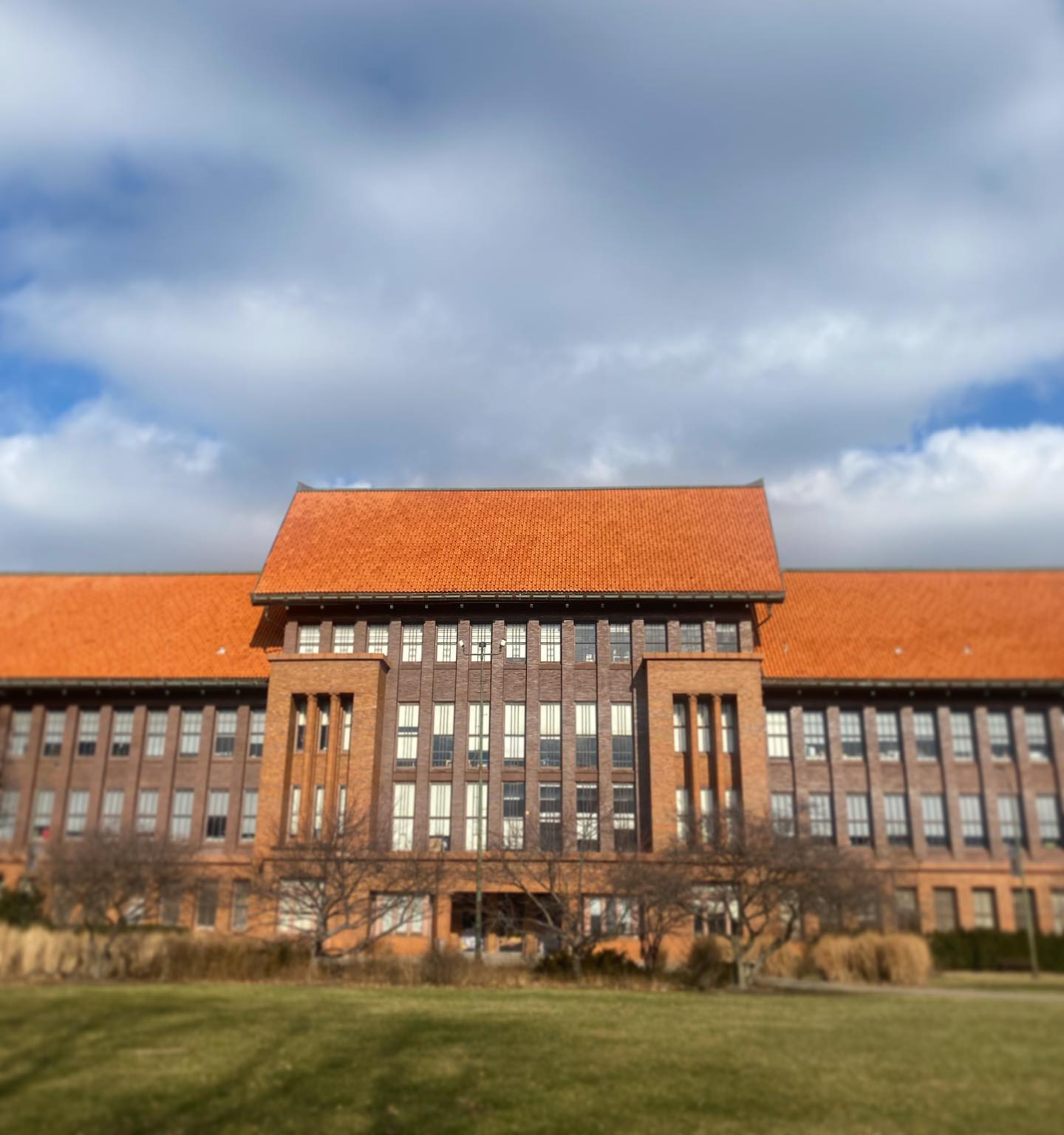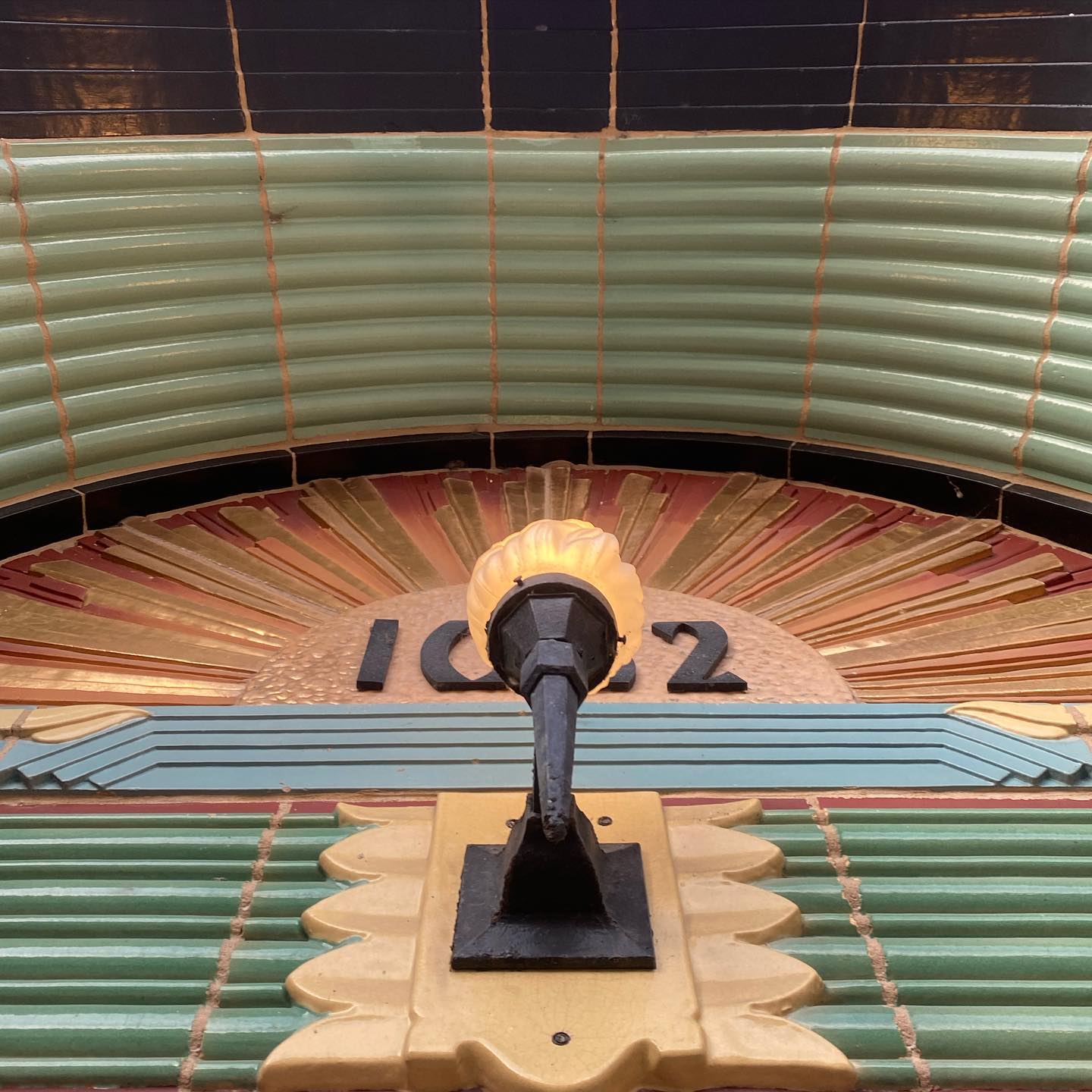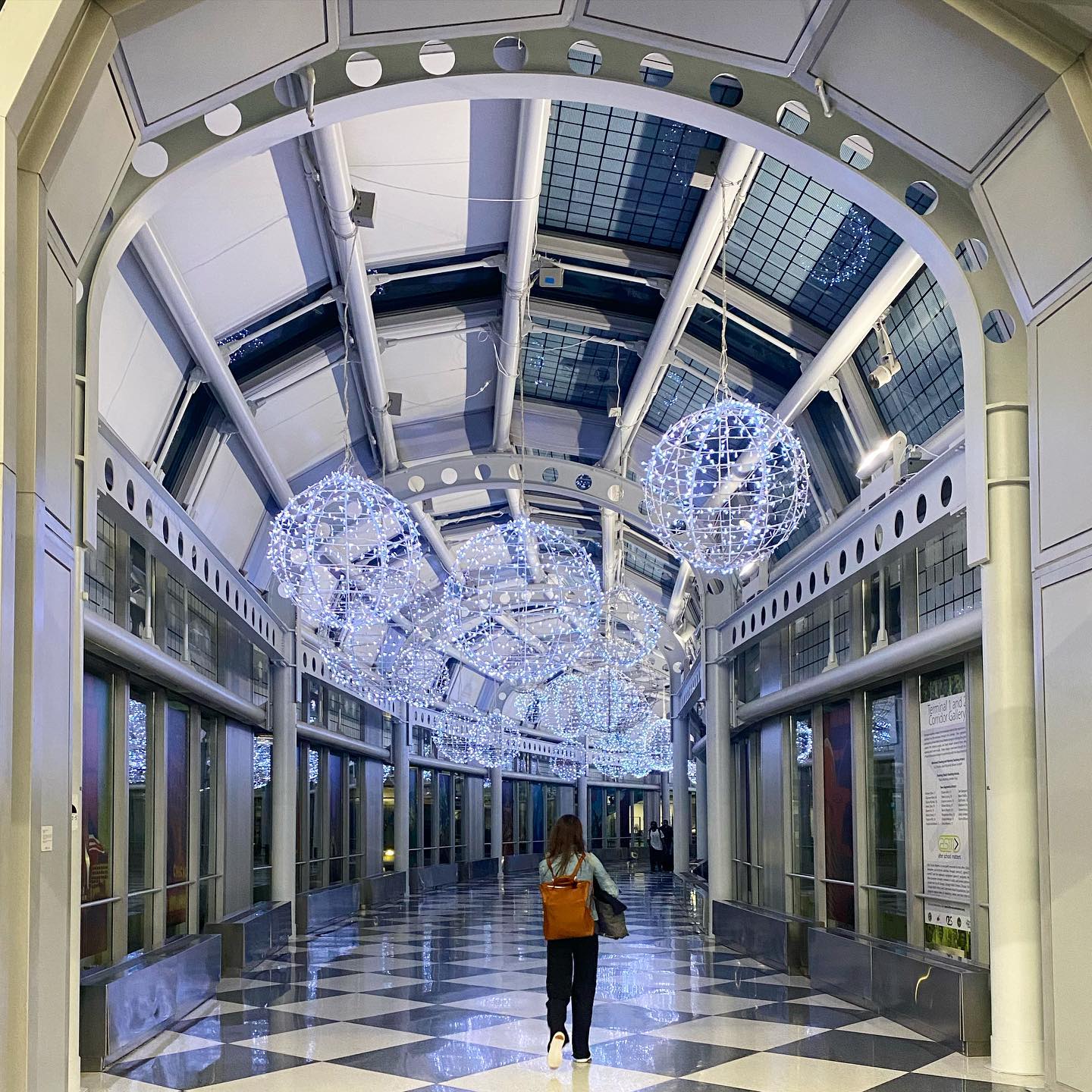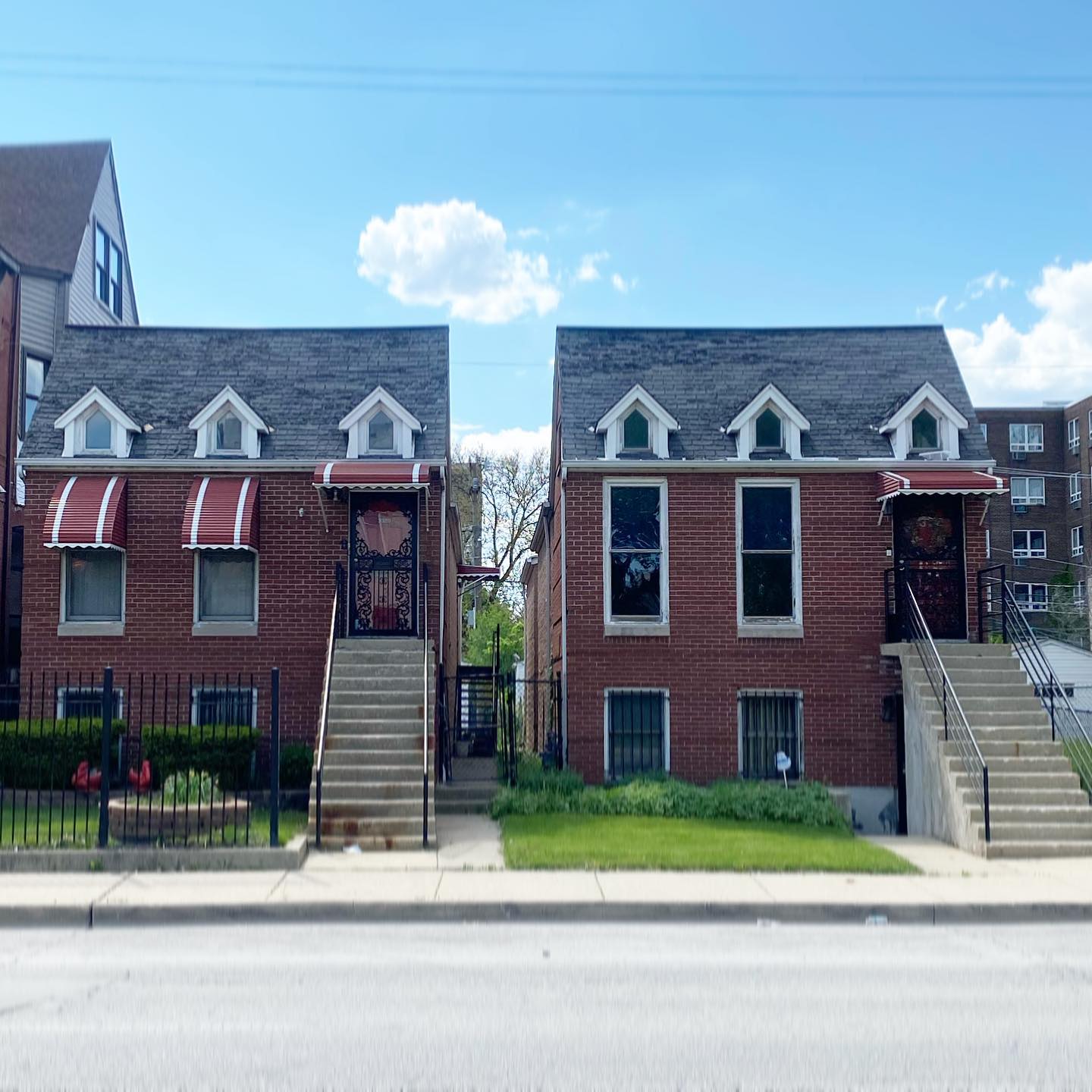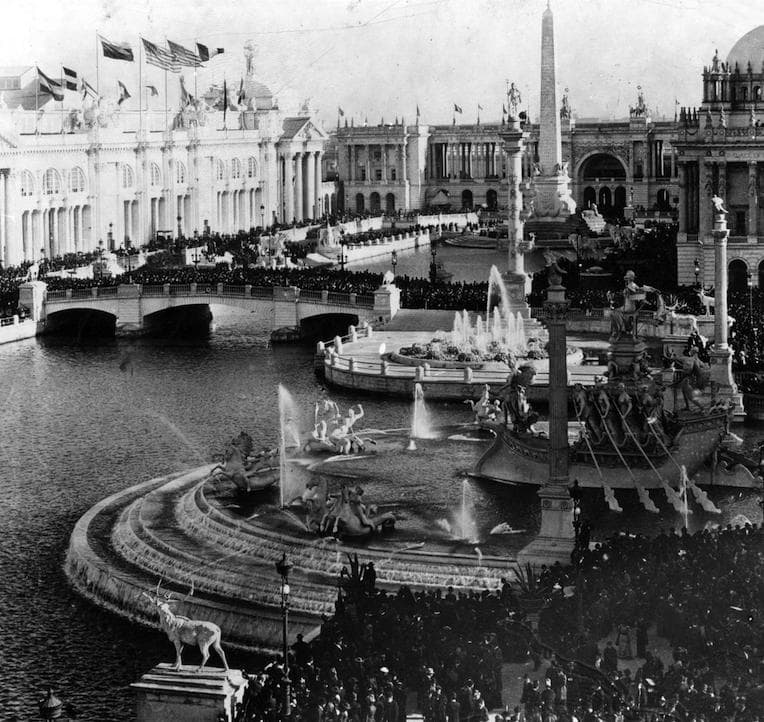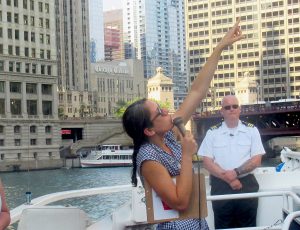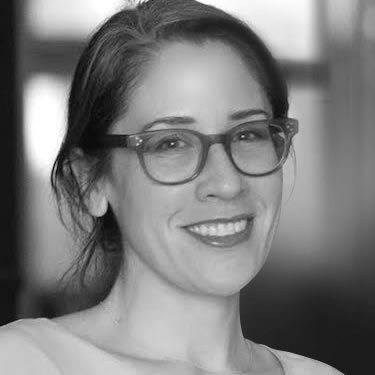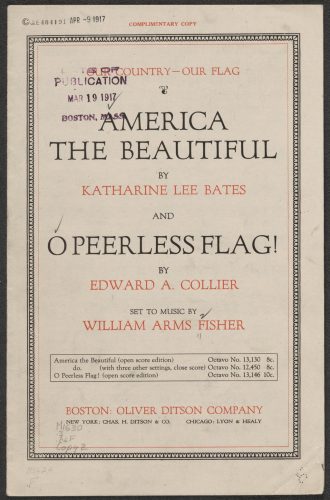
Few today know that the later verses of “America the Beautiful” include a reference to the White City of the 1893 World’s Fair.
The Fourth of July always puts us in the mood for some patriotic history. One of our favorite stories of Americana popped up last year. That’s when while researching the 1893 World’s Columbian Exposition we uncovered an interesting connection to a universally-known patriotic song.
Despite being five generations in the past, it was clear that the fair had a cultural influence that still resonated in ways that still affect us today. Research is sometimes the most fascinating and eye-opening part of our jobs at Chicago Detours.
It’s not just the facts and ideas that one comes across, but the way those link together. It often feels like we’ve stepped back in time or opened ourselves up to a whole new mindset upon finishing research for a new tour or blog post. And one particular discovery stood out: the 1893 World’s Columbian Exposition helped define American patriotism and makes an appearance in our unofficial national anthem.
We research stories from Chicago history, architecture and culture like this while developing our live virtual tours, in-person private tours, and custom content for corporate events. You can join us to experience Chicago’s stories in-person or online. We can also create custom tours and original content about this Chicago topic and countless others.
O Beautiful, for spacious skies…
I’m sure you remember the song “America the Beautiful.” With its “amber waves of grain” and “purple mountain majesties,” it’s an iconic piece of Americana. In my memory, this was always more of a national anthem than “The Star-Spangled Banner.” (It doesn’t hurt that “America the Beautiful” is way less militaristic and racist.) I recall belting out the words countless times in elementary school music classes. It’s so American that Coke uses it in ads!
The lyrics to “America the Beautiful” were first published as a poem in 1895. It was written by Katharine Lee Bates, a 33-year-old teacher, who was inspired by the beauty of the country and its ideals. She experienced these firsthand during her train trip from Massachusetts to Colorado. During that trip, she stopped to experience the 1893 World’s Columbian Exposition here in Chicago. She passed by those “waves of grain” in Kansas on the later stages of her journey. The “purple mountain majesties” are the Front Range of the Rockies in Colorado.
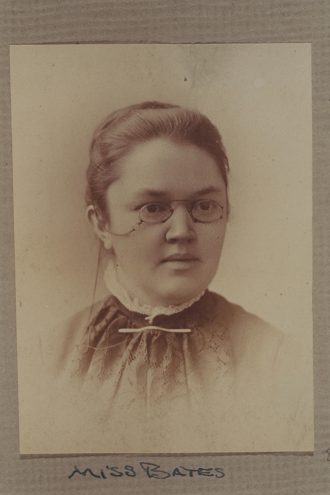
For a woman from a small town in rural Massachusetts, visiting Chicago must have been head-spinning. Chicago had just recently surpassed one million inhabitants, making it the 2nd largest city in the country less than six decades after its founding. This wasn’t just the “big city.” This was the greatest boom town in human history!
The Wonders of the 1893 World’s Columbian Exposition
Bates, of course, was not just going to the “big city.” The main purpose of her visit was the White City. That’s the nickname for the spectacular artificial city that served as the grounds of the 1893 World’s Fair.
Despite appearances, marble, stone, or plaster did not cover these huge structures. Rather, in order to save time and money the fair’s Director of Works, Daniel Burnham, had them clad in a lightweight temporary material called staff. It’s similar to plaster of Paris, with some cement and other materials mixed in. Staff is semi-viscous, meaning it can be poured into molds. A perfect time-saver in the race to build the fair. Those staff exteriors were spray-painted white to provide the famous gleam.
Glorious electric illumination meant the fair glowed white all through the night. Powered by Nikola Tesla‘s alternating current electricity, the central Court of Honor was lit by thousands of incandescent lightbulbs. Supposedly, folks burst into tears upon first viewing the Court of Honor. Bates herself paid tribute to it in a poem she wrote on the spot.
All men were poets for one brief, bright space
In the White City
In her diary, she described the fair as simple “a thing of beauty.” It’s impossible to imagine how dazzling it must have been for a professor from Wellesley, MA. It gave people incredible pride to be American.

An Age of Patriotism
The 1893 World’s Columbian Exposition was remaking the American imagination before it even opened. It coincided and celebrated the 400th anniversary of Christopher Columbus’s first voyage across the Atlantic. To celebrate that date and the imminent fair, a wave of patriotism swept the country. The Pledge of Allegiance that we use today was written in 1892 to coincide with the fair’s “Dedication Day” that autumn. The fair itself became a patriotic demonstration of American freedoms and industrial might.
All of this was swirling in Bates’ head during her journey in 1893. Her poem endeavored to capture the country in all its beauteous glory in the summer where the United States seemed to make the leap into modernity. It took her two years to publish the poem, but it quickly caught on with the public. The music came later, when it was paired with a hymn by the composer Samuel Ward in 1910. The rest, as they say, is history.
So is Chicago Actually in America the Beautiful?
After all this, you’re probably still wondering where Chicago and the 1893 World’s Columbian Exposition actually are in the song. The White City’s cameo is in the rarely-sun later stanzas.
Thine alabaster cities gleam
Undimmed by human tears!
Seeing that, it’s fair to ask, were there any alabaster buildings at fair? Well, no. This is an old-fashioned poem. Poetry had strictly defined meters before Modernism blew up all the rules. Bates wrote in Common Meter Double. In CMD, the lines alternate between eight and six syllables.
So, the third line of each stanza has to have eight syllables. “Thine white cities gleam” would be too short. Bates could have chosen to be more technically accurate. “Thine plaster-like staff cities gleam” fits the structure and hits the nail on the head. But that’s not very pretty, patriotic, or poetic. So even if that astounding World’s Fair didn’t actually have any alabaster buildings, we’ll have to give her a pass. Artistic license wins this round.
This old-fashioned poetic embellishment of the spectacular White City is not sung very often, but its presence reveals a lot. Chicago in 1893, like most cities of its day, was a rough and tumble place. Most Americans in 2017 would find it shockingly dirty, violent, and poor.
Yet Burnham designed the White City specifically to be an idealized utopian vision of the American city. This alabaster city was a fake, of course. But it served as a model for what a country filled with patriotic zeal and boundless confidence could accomplish. In that, the White City was both a reflection and inspiration for the country itself.

Want to Learn More?
As we mentioned at the top, we discovered these connections while doing research for the 1893 World’s Fair Tour with Bars. We talk about the history of this song. From there, we visit fabulous Gilded Age buildings, enjoy some drinks, and you can learn all the other unexpected connections and surprises we uncovered.
Even if you cannot make it to a tour, it’s always worth looking back on where our traditions come from. A song like “America the Beautiful” is so familiar that it’s likely become rote for many. But it sprang from a unique moment in American history. By looking back, we can see where our traditions come from and how those epochal moments shape and influence our patriot dreams down the years.
-Amanda Scotese and Alex Bean
ABOUT CHICAGO DETOURS
Chicago Detours is a boutique tour company passionate about connecting people to places and each other through the power of storytelling. We bring curious people to explore, learn and interact with Chicago’s history, architecture and culture through in-person private group tours, content production, and virtual tours.

